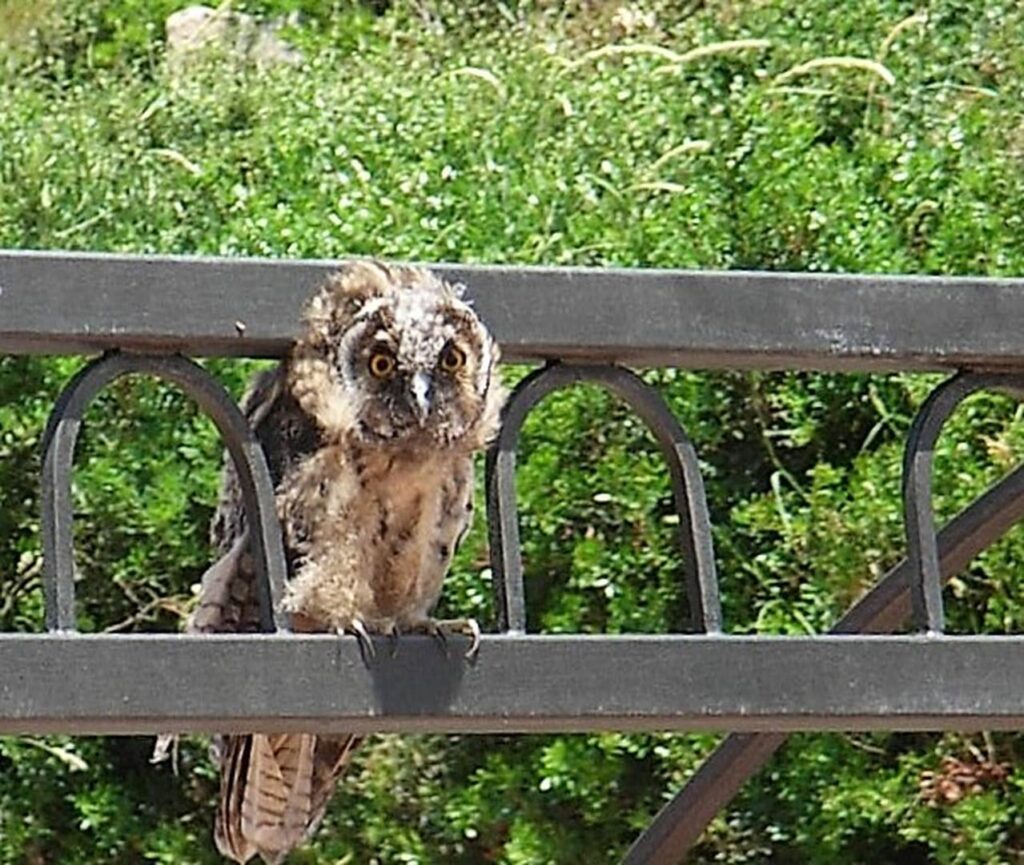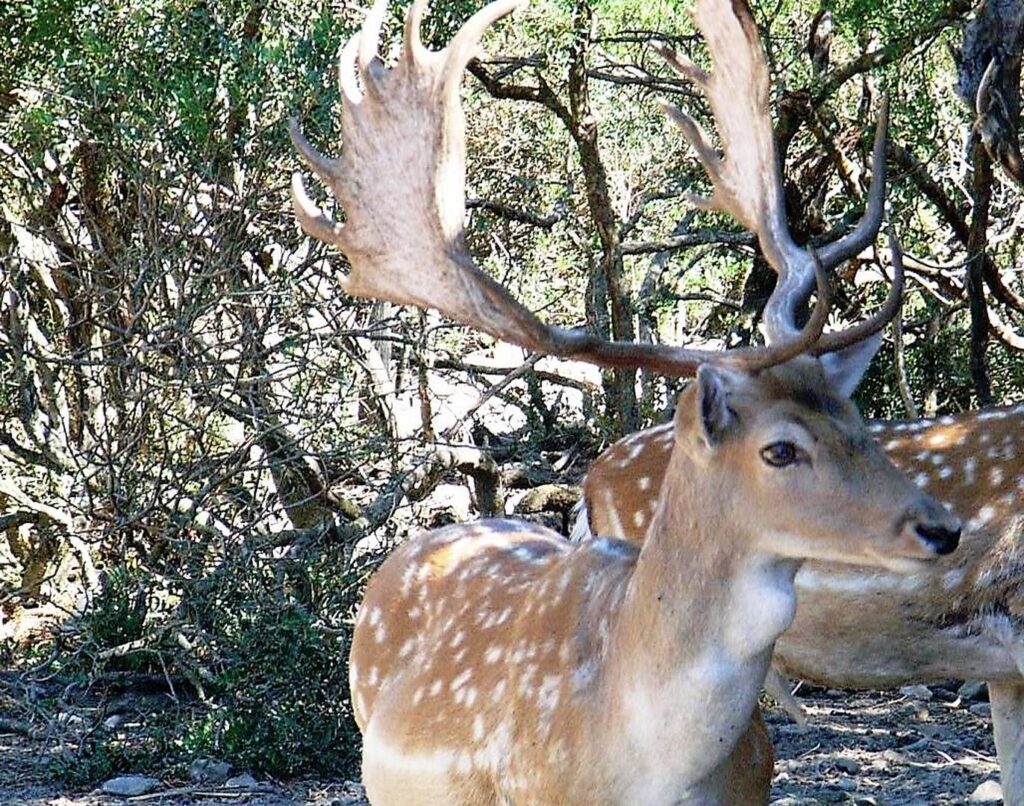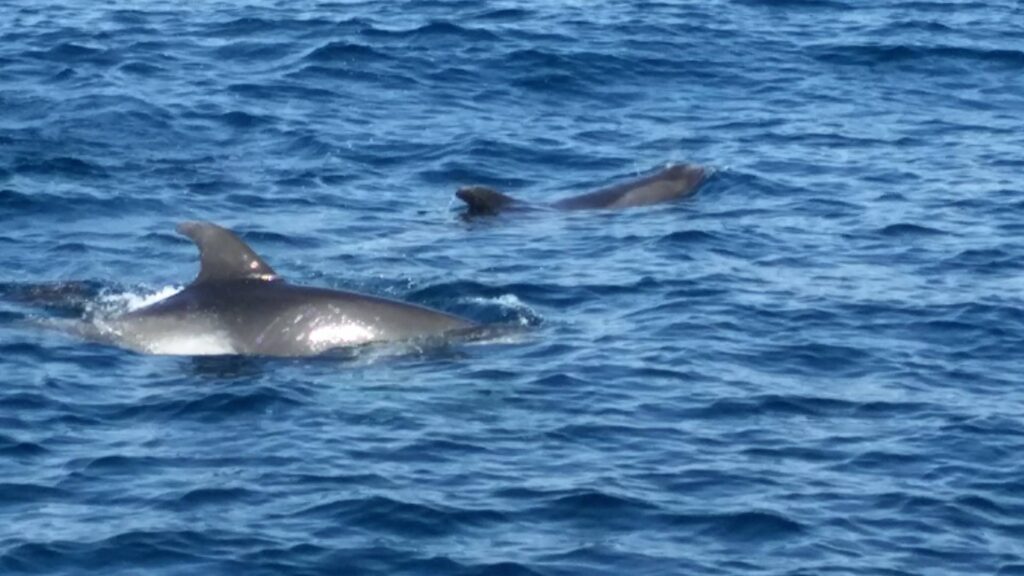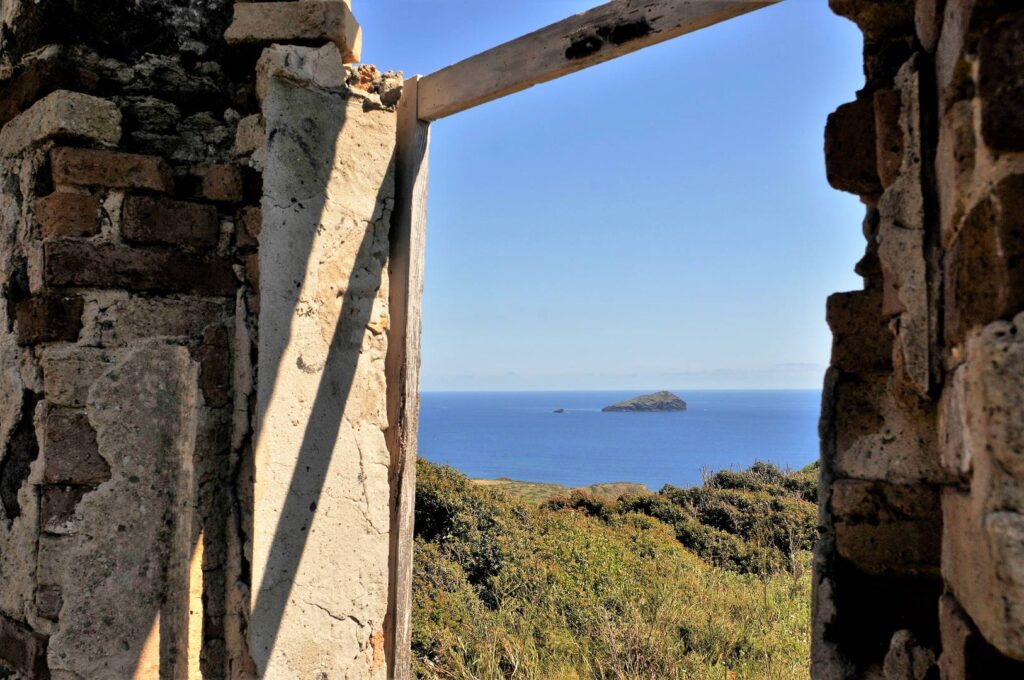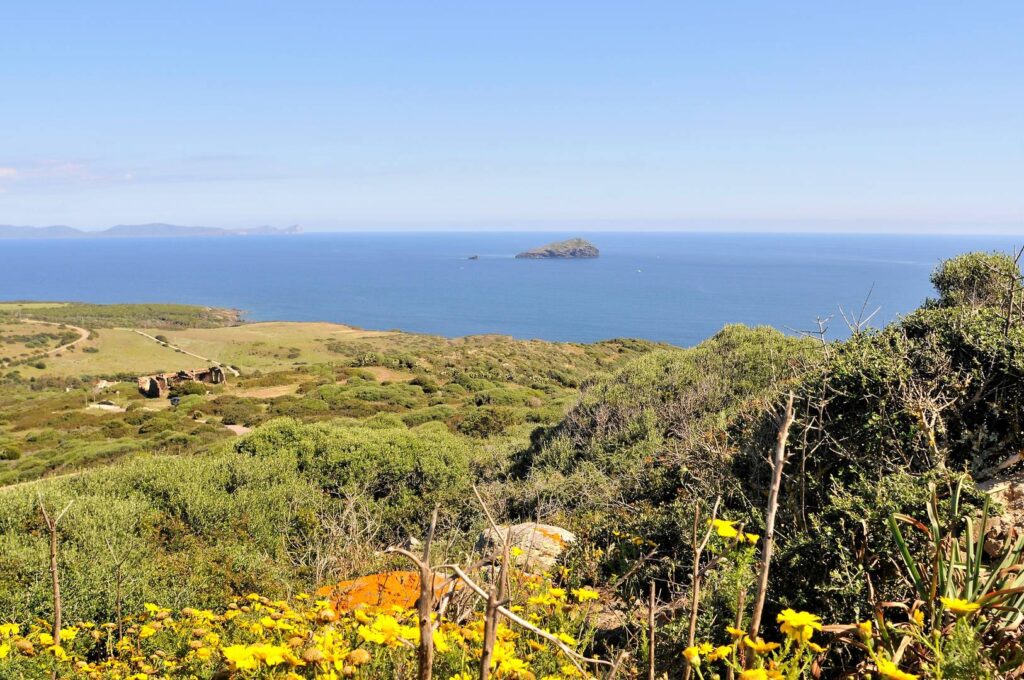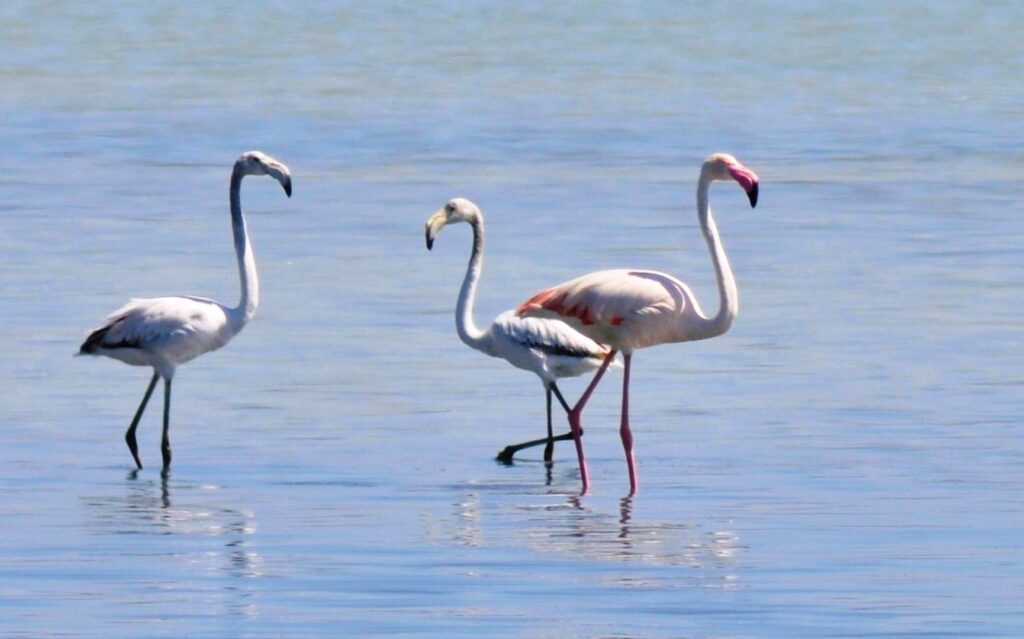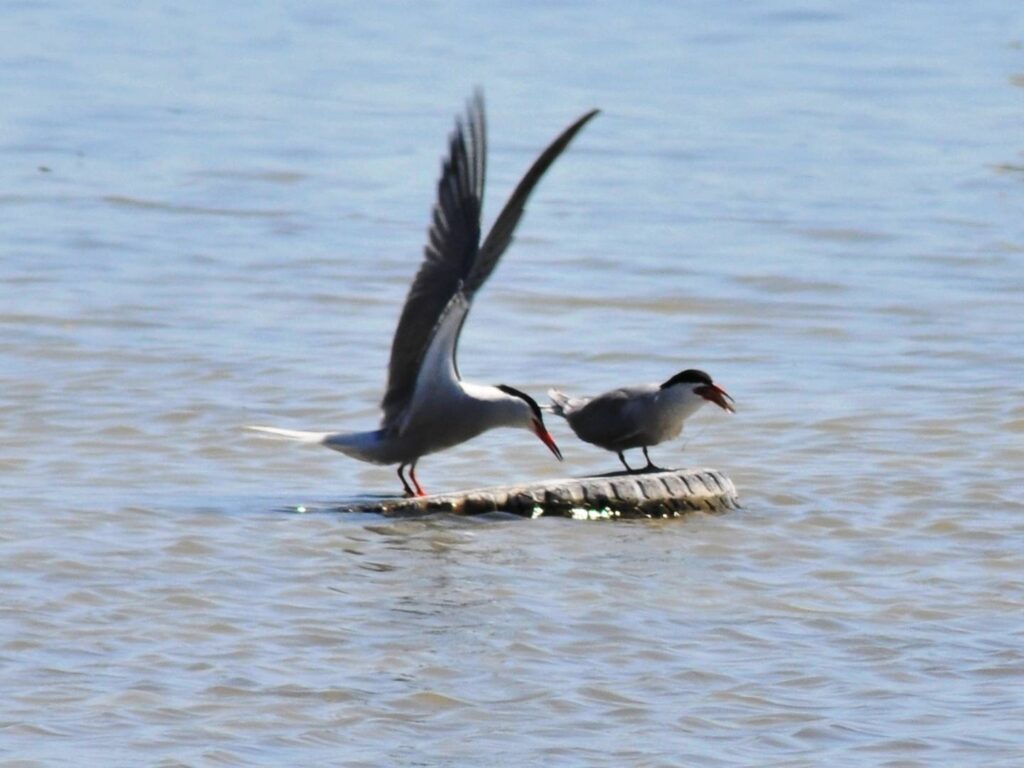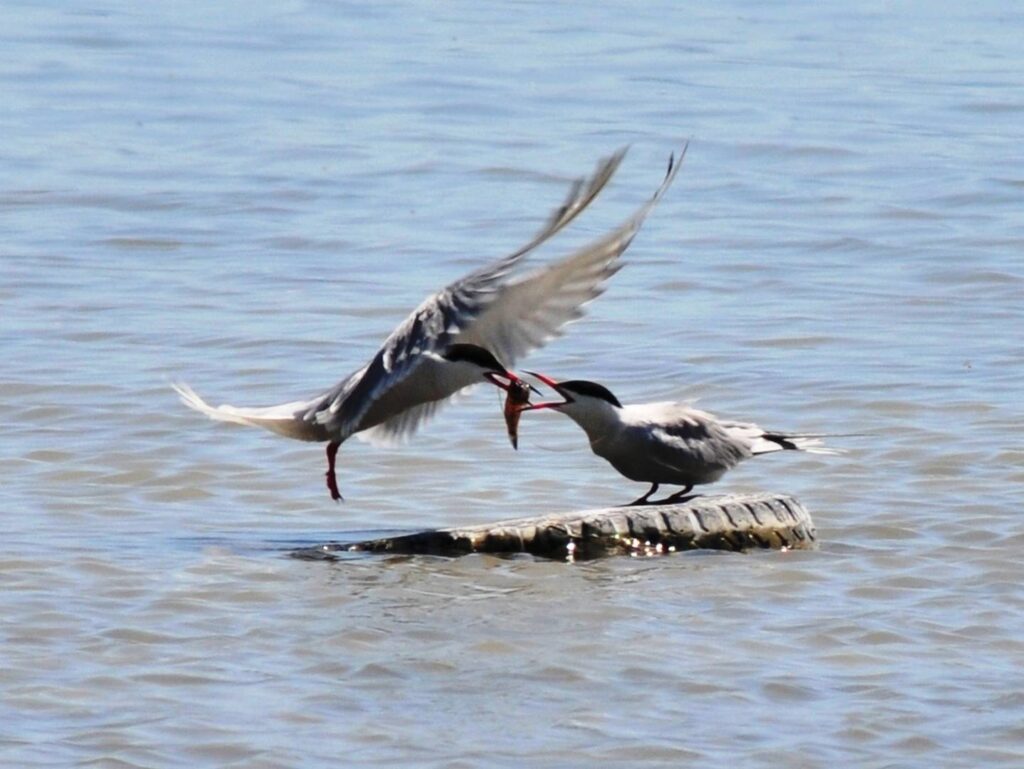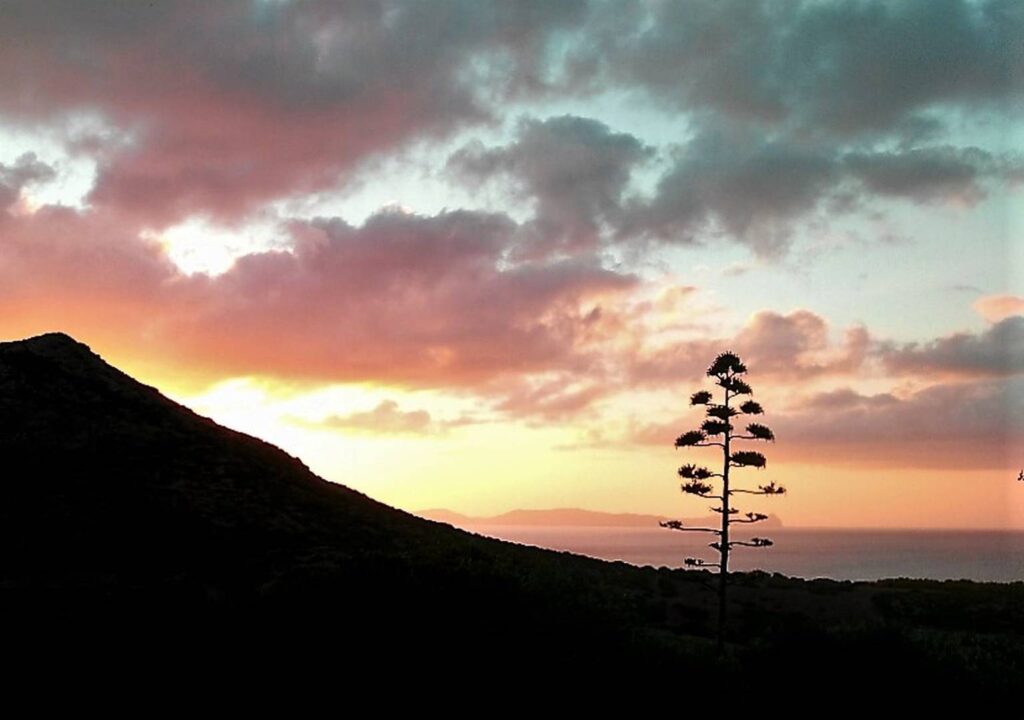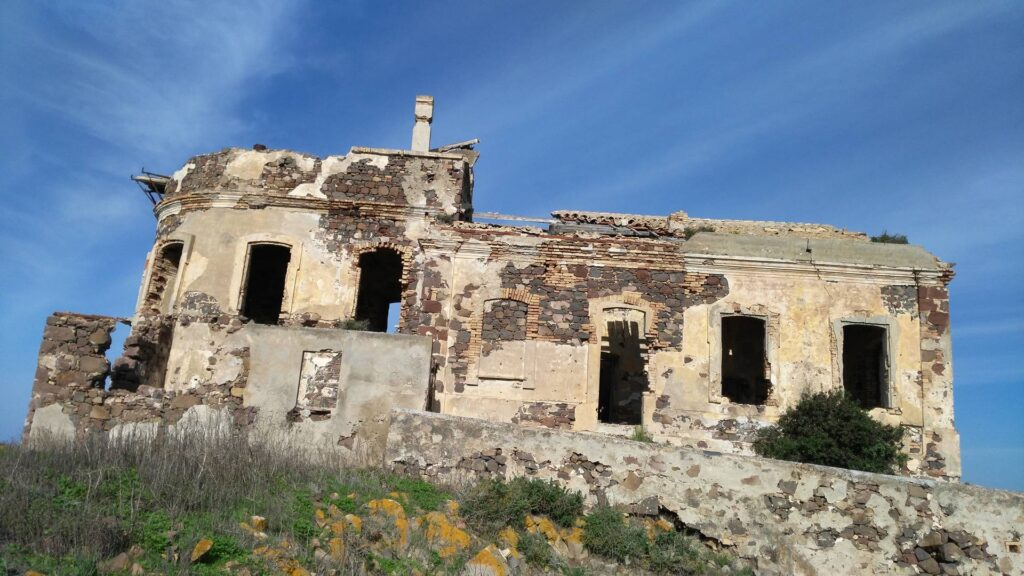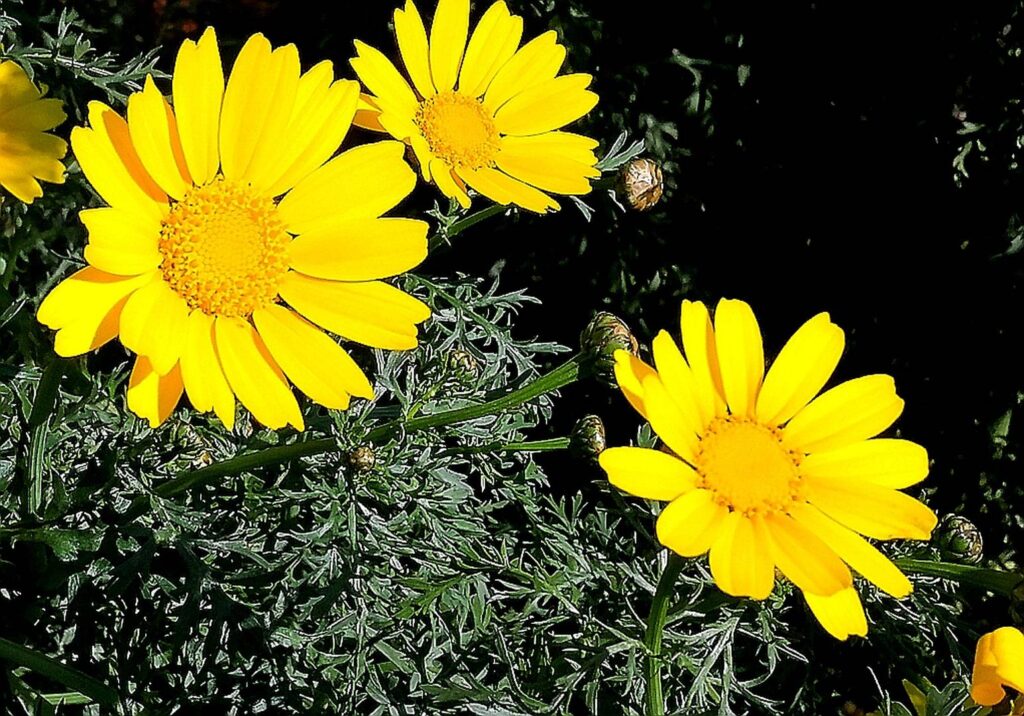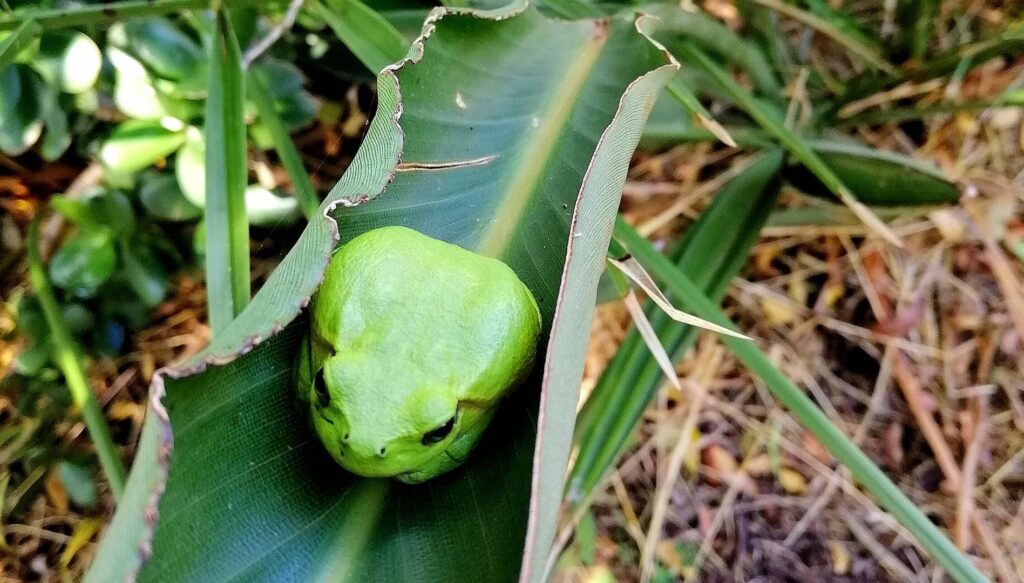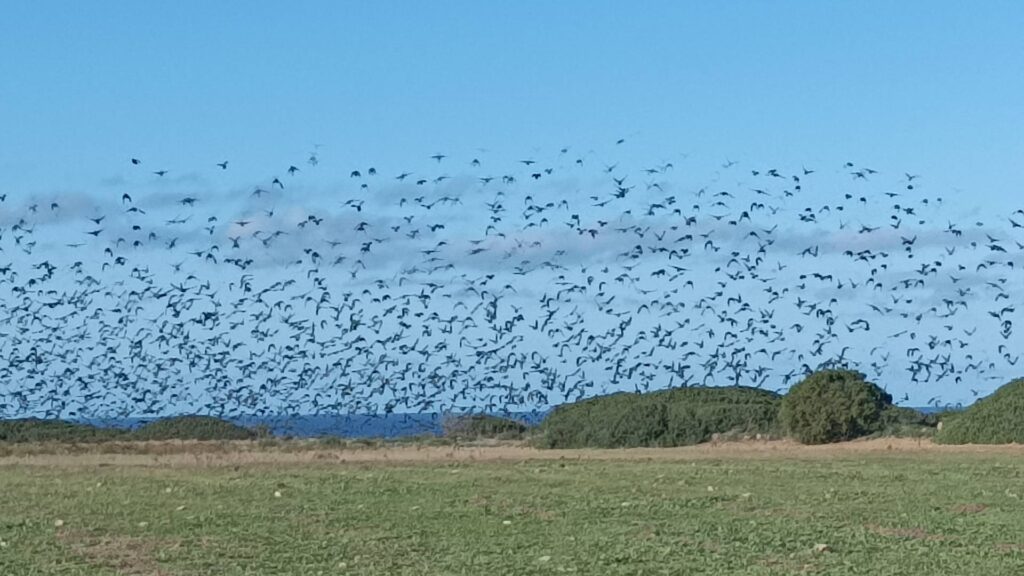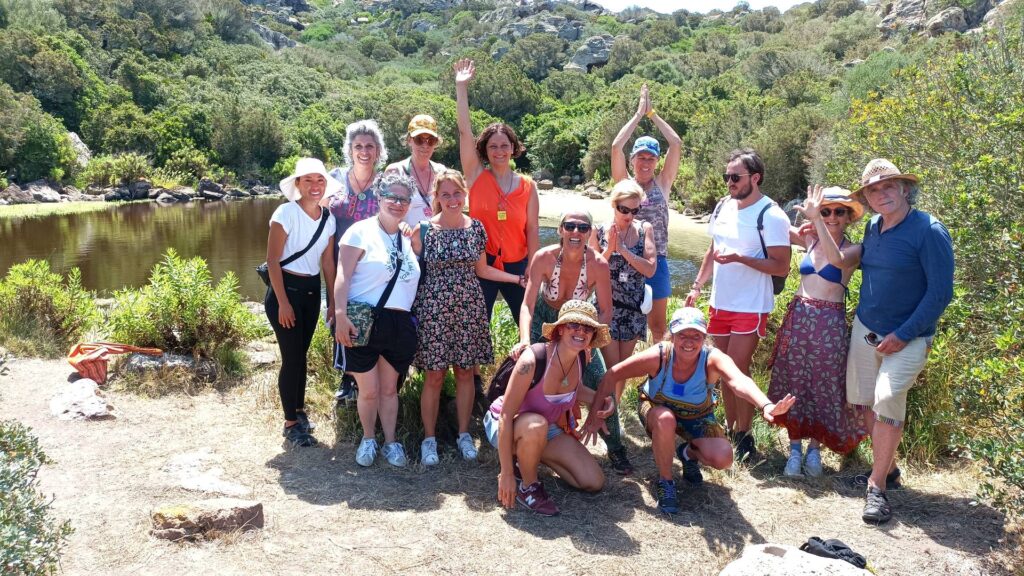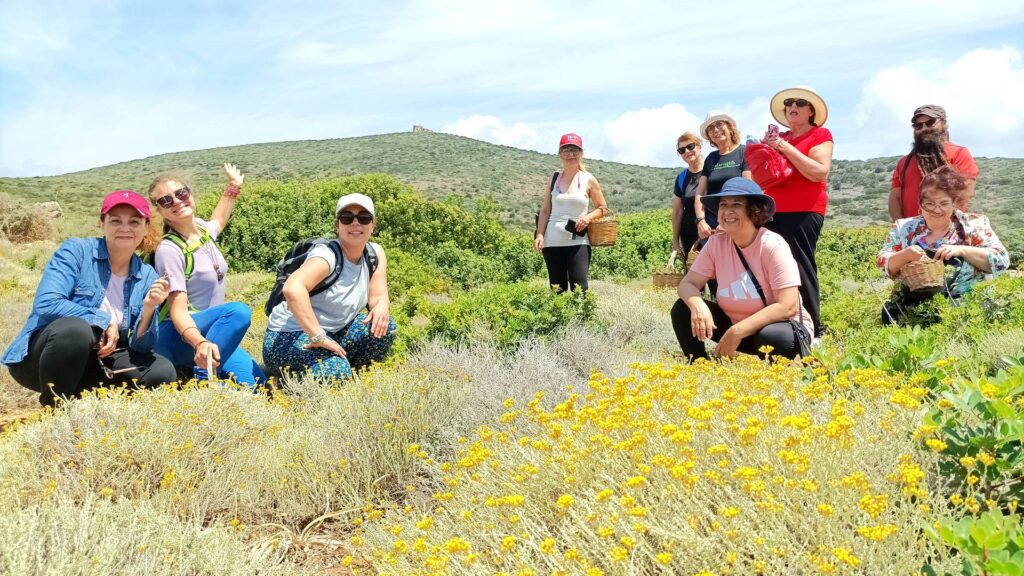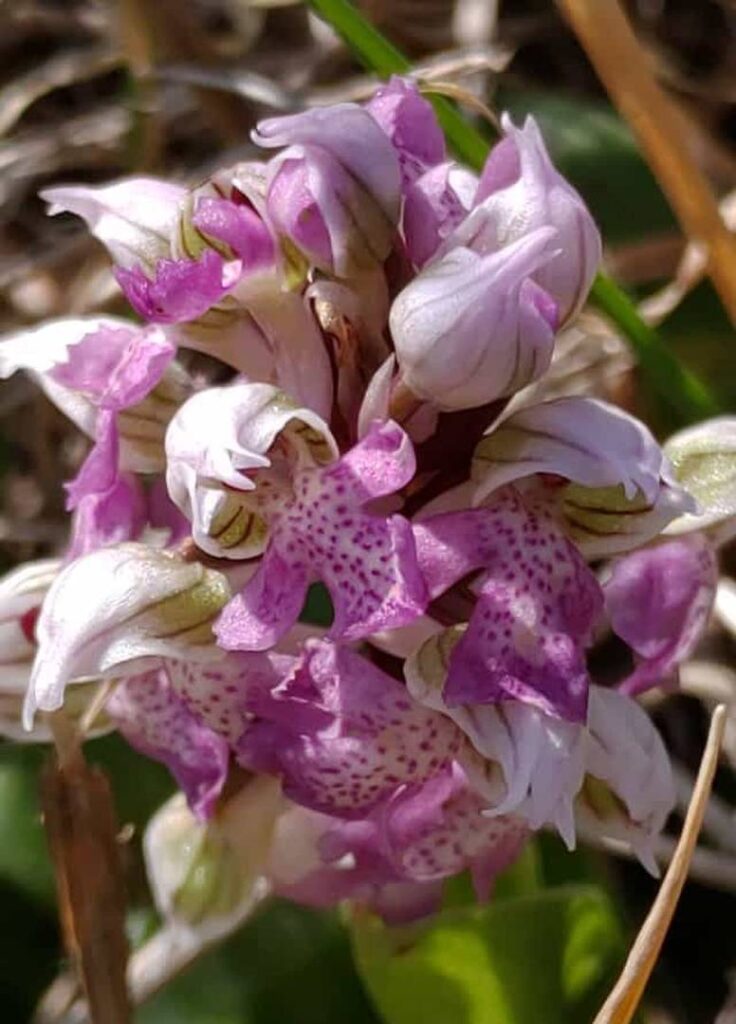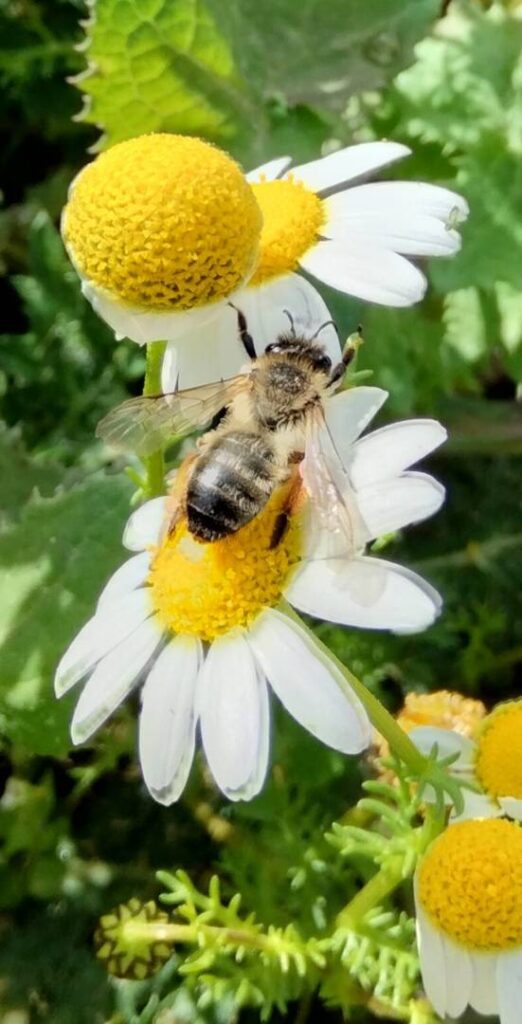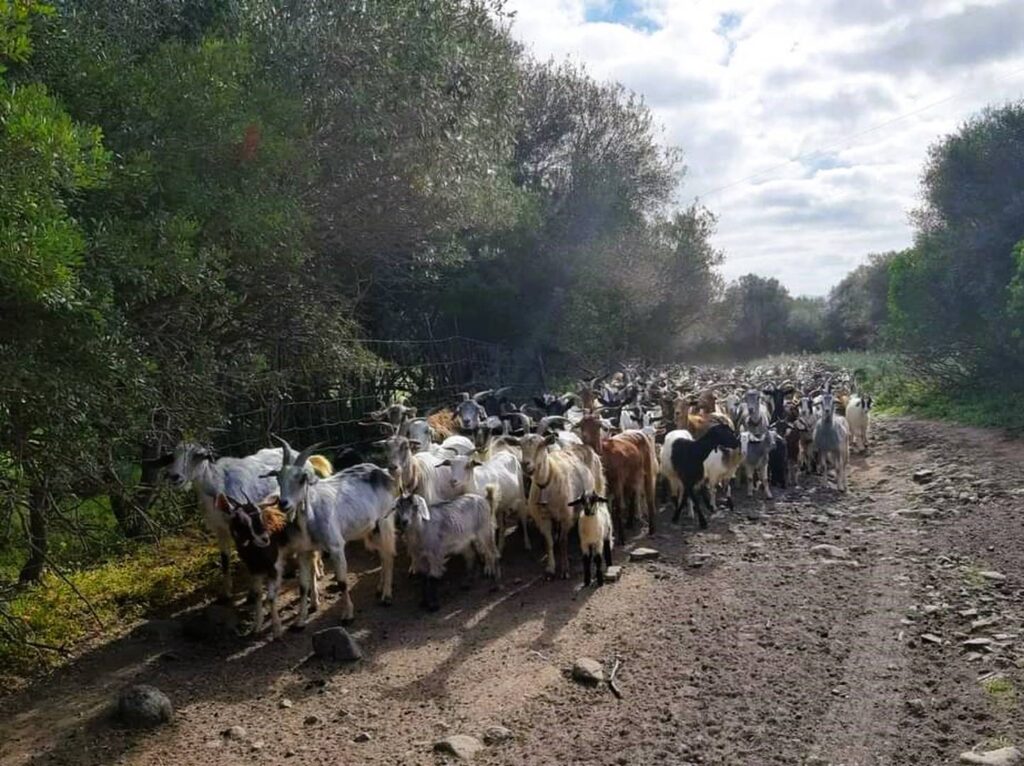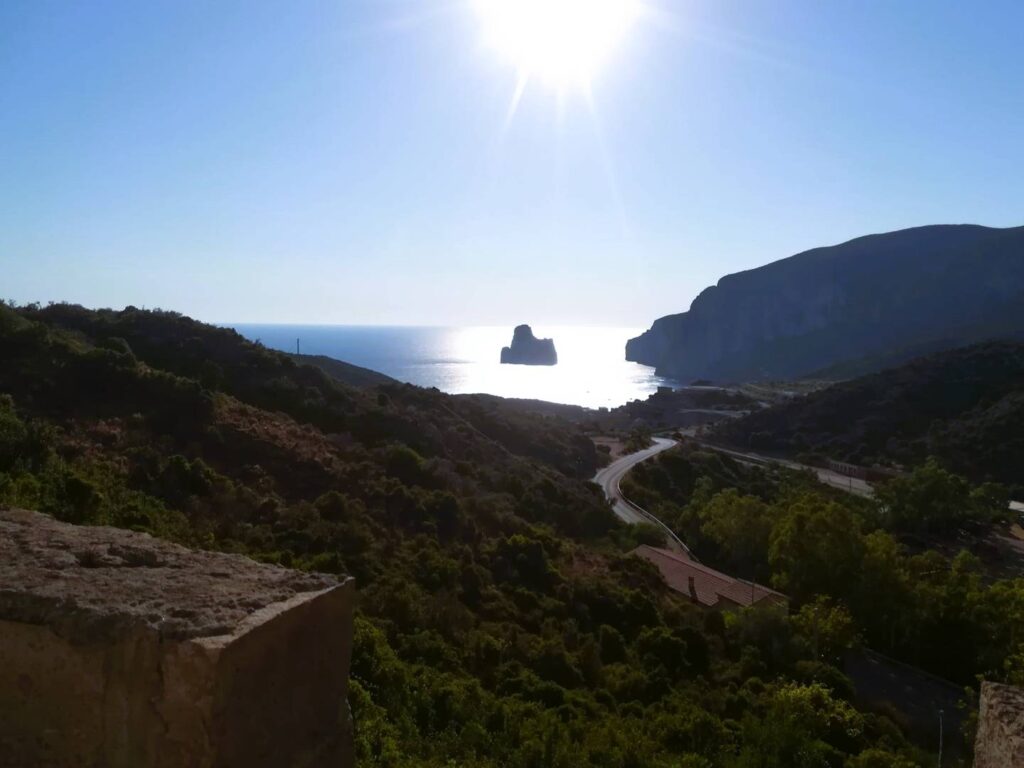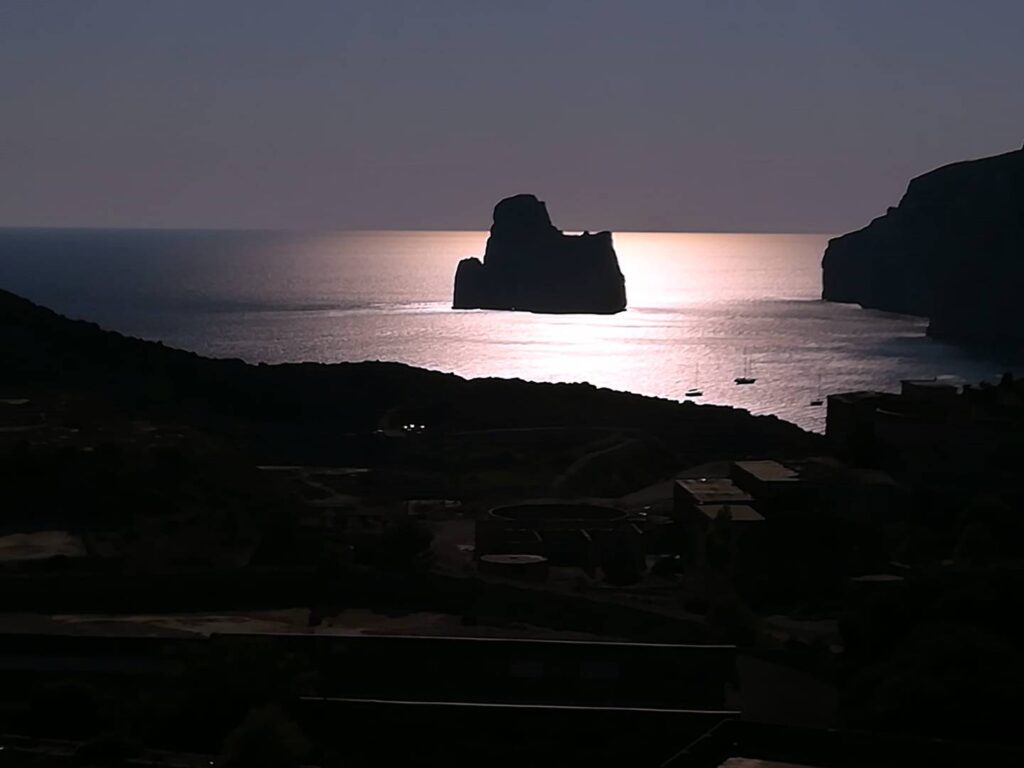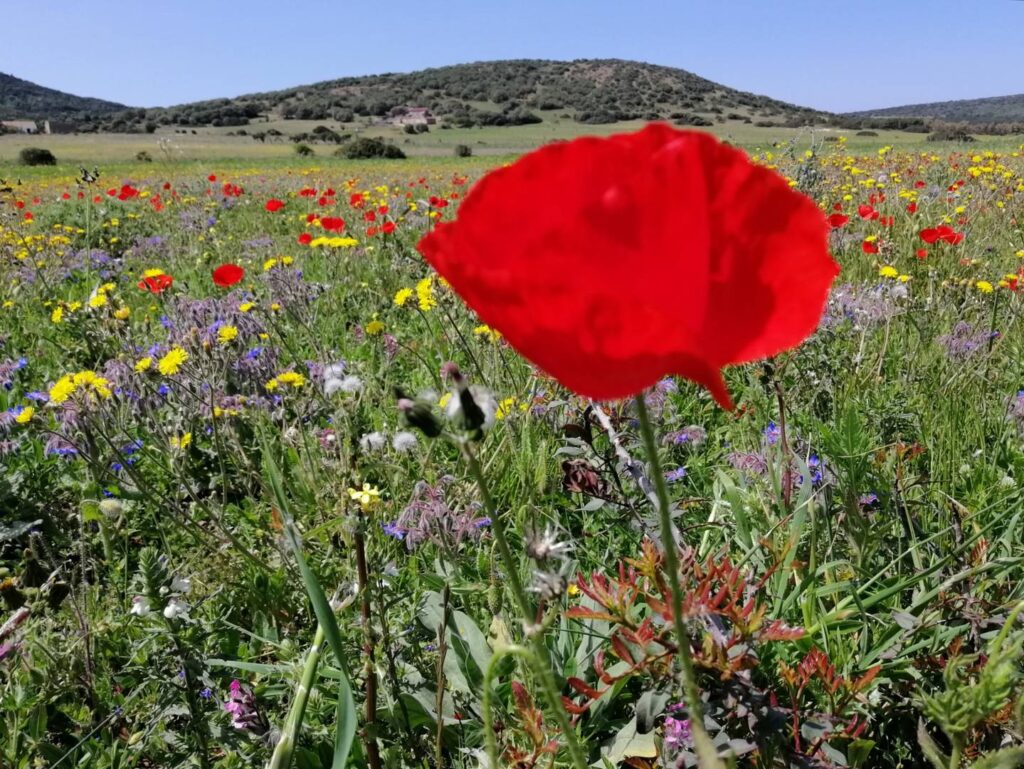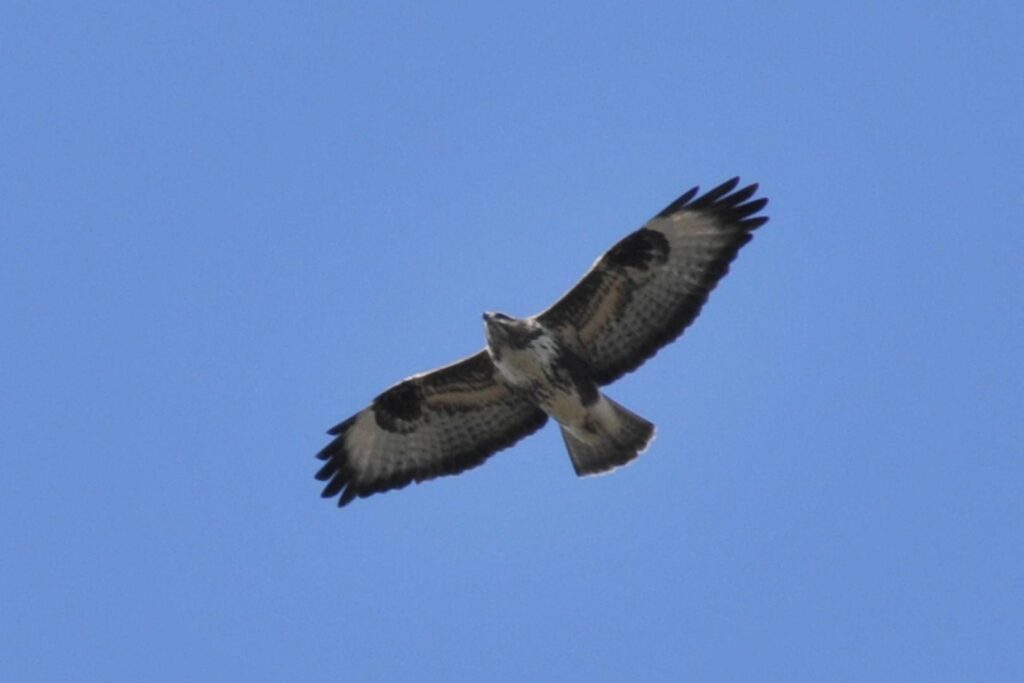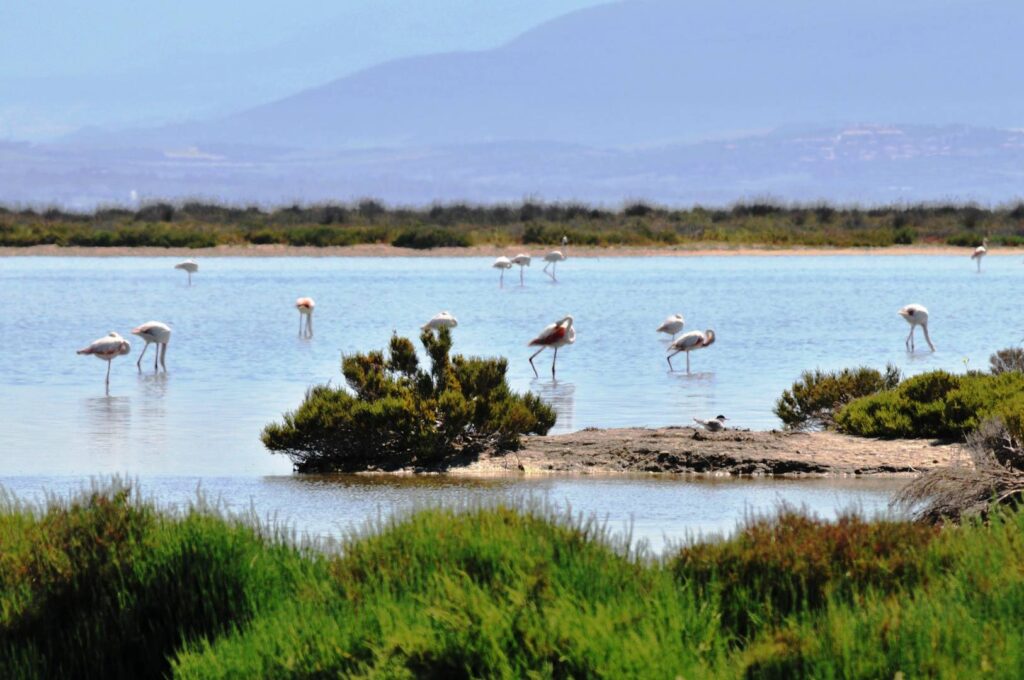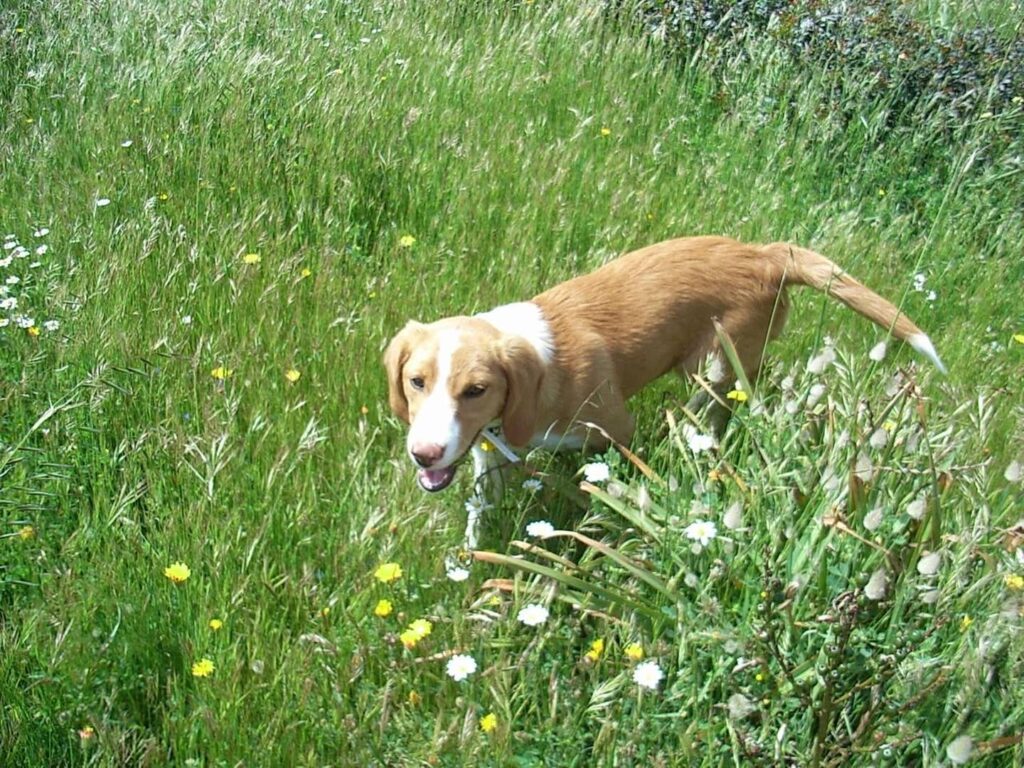Nature
Nature has worked magics in Sant’Antioco – the coastline is indented with bays, honeycombed with grottoes and punctuated by granite rock formations, while canyons carve up the interior, the sea finding its way inside them.
You can easily dive into barracuda-filled waters, anchor in hidden bays, and find your own patch of soft white sand, seek out secluded coves, embedded in fragrant macchia mediterranea (Mediterranean scrub), where the views are simply gorgeous and the wind-sculpted seascapes are captivating. Sant’Antioco is truly a miniaturized Sardinia: its different landscape, which ranges from beaches to woods and wetlands to tracts of low-lying Mediterranean macchia and soaring white cliffs, is an important natural habitat, providing sanctuary to a lot of species of mammals and birds of all sort. In fact Santa Caterina and S’Aliga salt marshes attract birdwatchers from all over the world. The long sweep of coastline is frosted with pearly white strands of beach, lapped by clear azure blue water. Phoenician ruins studds this beautiful Island, with its earthy character and rich archaeological legacy. In spring the landscape is splashed gold with flowering broom, with mild temperatures.
DON’T MISS
Isola di San Pietro for coastal walks and a lunch of freshly caught local tuna: thrill at Eleonora’s falcons at Cala Fico and Capo Sandalo, explore palazzi-dotted Carloforte, revel in inspiring sea views in front of Corno Island. San Pietro’s unique character and atmosphere come from its Genoese inhabitants, ransomed from the Tunisian bey (governor) in 1736. Coral fishers by profession, they had been sent to the island of Tabarka to harvest the precious commodity for the Lomellini family in Genoa. Even today the inhabitants of San Pietro speak tabarkino, a 16th-century version of Genoese. Daily boat trips sail from Sant’Antioco and Calasetta ports.
Scoglio Pan di Zucchero “Sugarloaf Rock” is the largest of several faraglioni rearing out of glassy blue waters; it is an enormous wedge of limestone rock dominating the sky line with its impressive cliffs and spectacular views. On mainland there is a panoramic terrace, accessible by a cliffside path from Nebida’s southern entrance, which commands fabulous views, dominating the seascape is the 133m-high Scoglio Pan di Zucchero. The gutted shell of a building you see beneath you is the Laveria Lamarmora, a former mineral washing plant.
Le Grotte Is Zuddas, 5 km. south of Santadi: marvel at helictites in this fascinating cave system.
Some 4km from Iglesias, the Grotta di Santa Barbara lies deep within the abandoned San Giovanni mine. The walls of the single enormous chamber are pock-marked with dark-brown crystals and white calcite, while stalactites and stalagmites give the impression of a ghostly underground forest.
Cascata Sa Spendula, where the waters of the Rio Coxinas crash down an imposing rock face en route to the Campidano plain. To get to the Cascata from Villacidro, head north for Gonnosfanadiga and follow the signs; it’s about 1.5 km.
